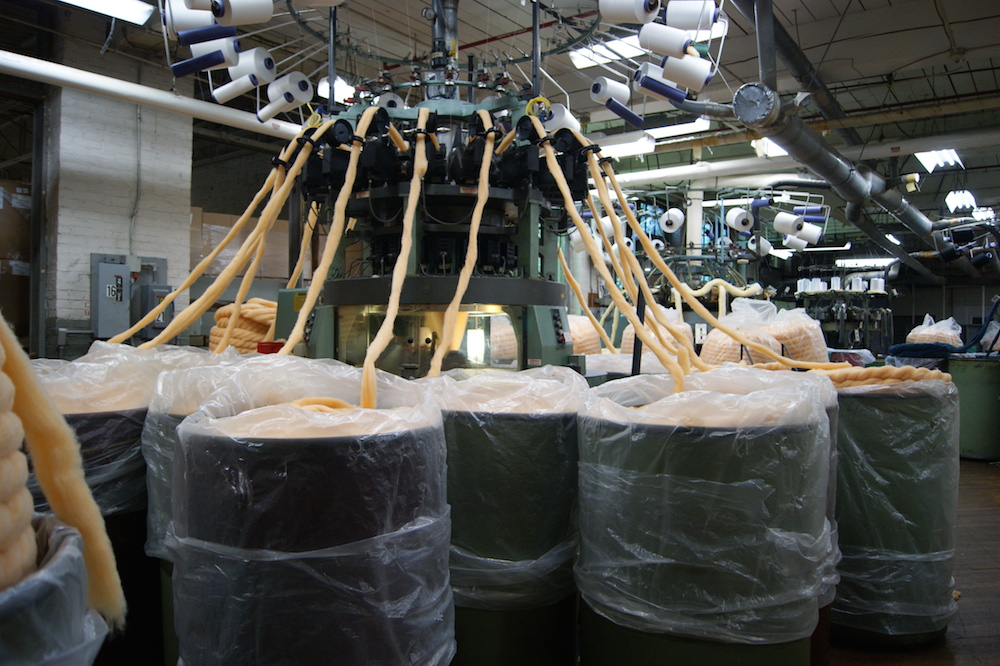
Story and images by Fibershed intern Charlotte Atkinson
“Textiles don’t exist in New England anymore, we are a figment of your imagination.” – Kristin Draper, Draper Knitting Company
Most New Englanders would agree on the assumption that textile manufacturing in our region died out a long time ago, due to overseas competition for cheap labor. Even though New England is rich with textile history, we seem to have forgotten much of our historical roots. Old mill buildings have been converted into apartment and studio spaces, rather than being used for what they were originally intended for.
But there are steadfast soldiers. I had a chance to visit Canton, Massachusetts’ very own Draper Knitting Company, a family run organization based in Canton, Massachusetts. I spoke with 6th generation President/GM Kristin Draper and her sister Wendy Barrows, (also 6th generation family), about how they’ve kept their business alive and well.
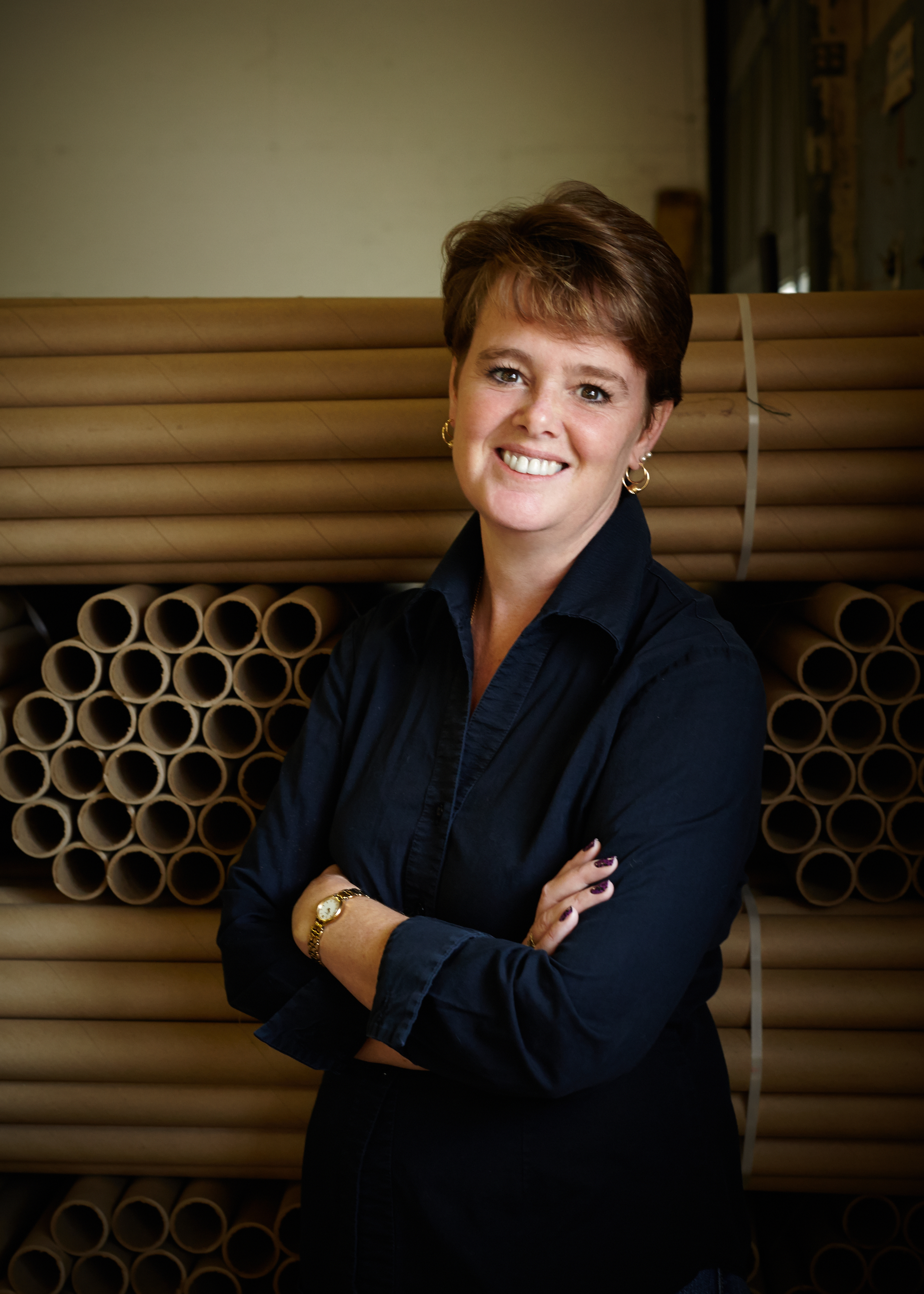
Kristin Draper, 6th generation owner of Draper Knitting Company
“The rest of us call ourselves the survivors for a reason, because we should have been out of business years ago but we just refused to give up.” says Draper.
Kristin mentioned that the key to their survival was their ability to diversify, and roll with the punches. Founded in 1856, Draper Knitting started out by making woolen knitted lace. Through the years they made blankets and pea coats for the army, and by the late 60s early 70s they produced industrial fabrics with the advent of pile knitting. When most pile fabric manufacturers went overseas, Draper remained by focusing their niche and making very specialized circular knit fabrics.
Most of the fabrics are used in industrial applications for things like paint rollers and sewer liners. Their focus is on wool, Nomex, and Kevlar, along with a wide array of niche specialty fibers. In addition to industrial fabrics, Draper makes garment-worthy materials that function best as base and outer layer fabric. They even have their own GOTS certified dye house that does both stock and piece dying. Recently Draper developed a line of fabrics known as their sustainable collection, using fibers such as wool, cotton, alpaca, Tencel, and post consumer recycled polyester.
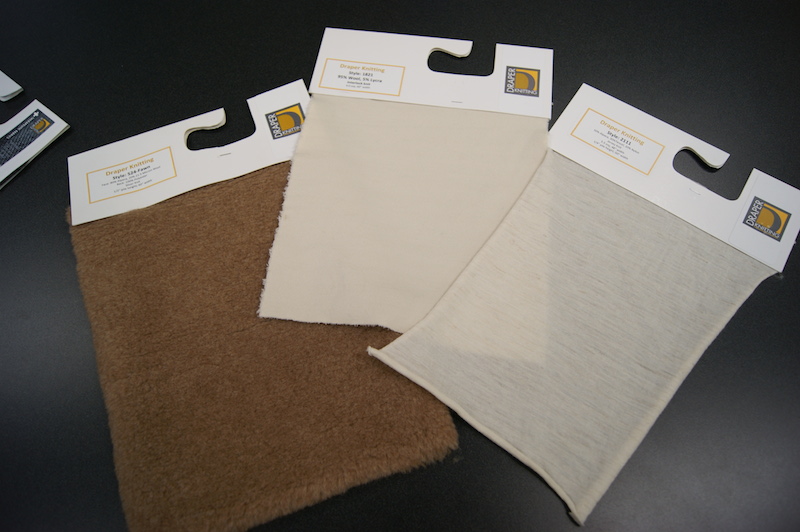
“We are reinventing ourselves. We have no idea what somebody else is going to dream up that opens up another set of doors for us. That’s the beauty of it, that some things will fall off and as old things fall off it’s kind of miraculous that new things come along,” says Barrows.
Maybe this is the true key to success for any business-the ability to flex when needed and fill voids that emerge. Draper Knitting has learned over the years to become masters of this. New ideas excite them, as it means new opportunities for growth and expansion.

Wendy Barrows, 6th generation owner of Draper Knitting Company
Since my first visit, Kristin and Wendy had brainstormed about how to better accommodate small designers and start-ups. They receive at least one phone call per week from designers wanting to have their fabrics made locally, and it has been a frustrating challenge for Draper to figure out. The pricing of running small quantities in their facility isn’t exactly economically feasible. As an alternative, the two sisters are in the process of designing a family of pile and base layer fabrics with a focus on wool. They want to have the fabrics in stock for designers to buy, as opposed to making large quantities of fabrics to order. This way they will be using the least amount of raw materials as possible in the process, yet can provide a wide range of fabric options and open up a new market.
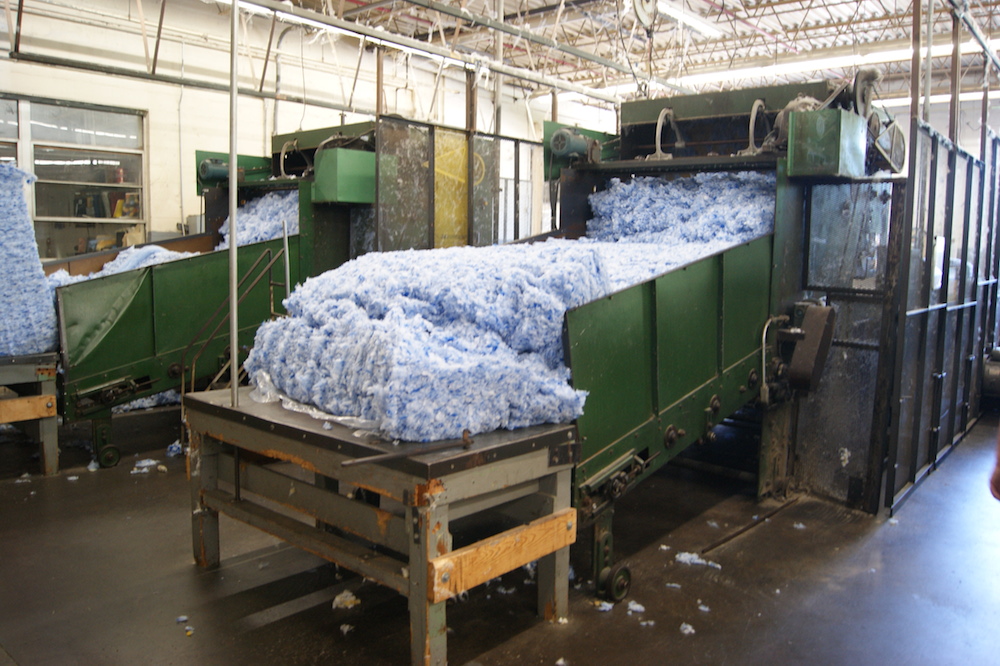
“One of the biggest things that we are seeing right now is this huge resurgence in wool, and we’ve been working with wool since our inception. I think we can offer some things that other people can’t. Not all designers are interested in it, but we are hearing from the field that a lot of these top designers are being asked to make things in wool,” says Draper.
Along with their interest in wool, Kristin and Wendy are enthusiastic about being apart of our Fibershed’s database, and say that a cohesive directory of textile services is exactly what New England needs. They hope that this will bring about new opportunities for collaboration within the industry that will benefit everybody. It has been hard for people to find information on which manufacturers are left standing, what equipment they have in their facilities and the opportunities they might bring to a regional economy.
Kristin says that it will be a relief to have all the moving parts in “one room” so to speak. Over the years she has seen firsthand the changes within the New England textile industry as other mills began closing their doors. She mentioned that they were excited to see cut & sew rooms making a comeback in New England, that they are a sign of hope for the industry’s future. It goes hand in hand with the current focus on having things “Made in America,” and she pointed out that most small designers are trying to keep their production within a small area. They want to be able to be apart of the whole process of production, and drive a short distance to see the fabric running, being dyed, and cut/sewn. Certainly Draper Knitting is a fantastic resource for the industry, and our SE New England Fibershed team is excited to have them be part of our database.
Our database launches mid-September-be on the lookout for our announcement!
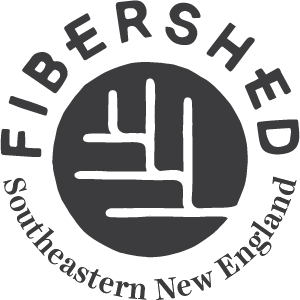
Fascinating. Great article!!
Fantastic article very insightful ✨
Thanks for checking it out Barbara!
Thanks for taking the time to read it Kirstin 🙂